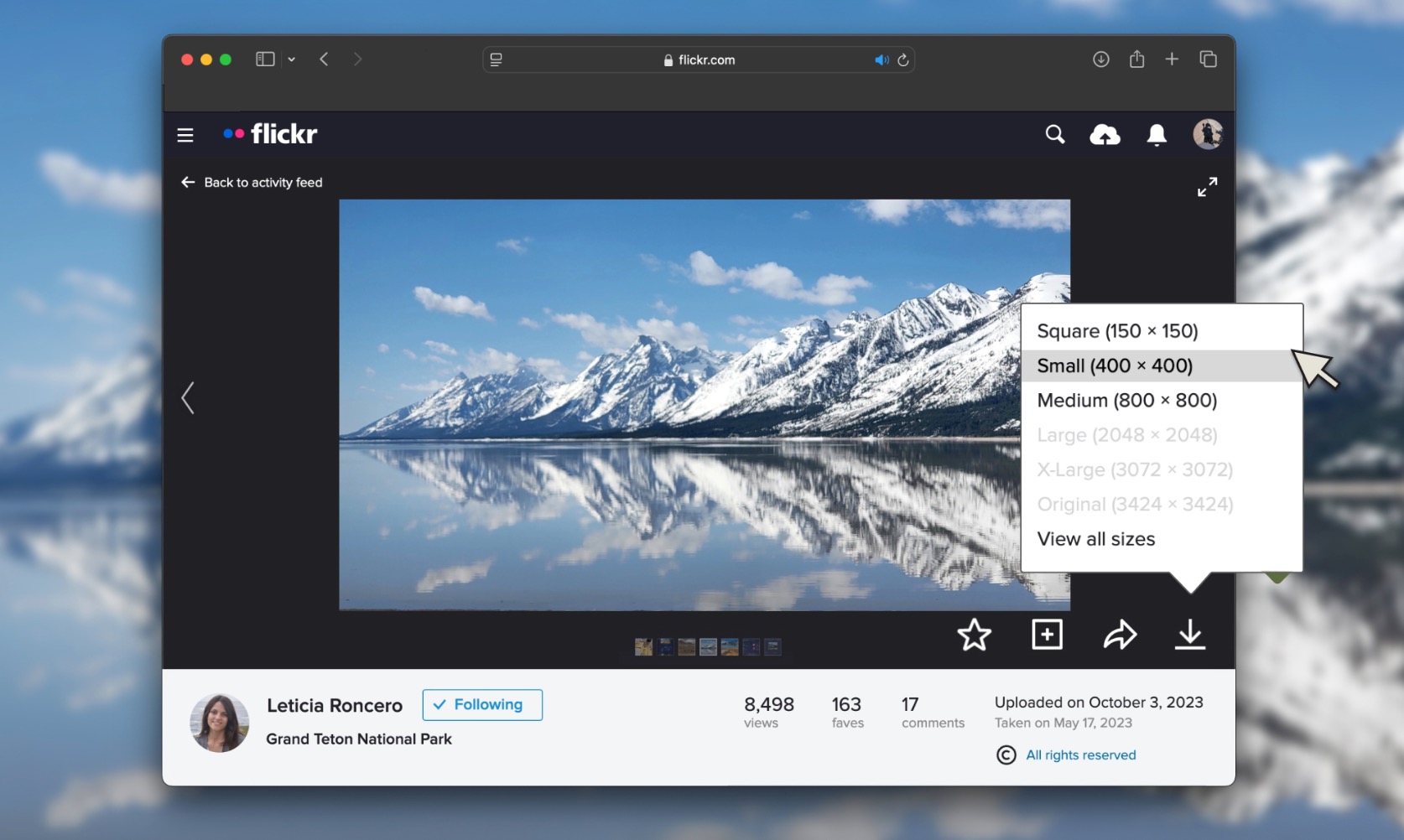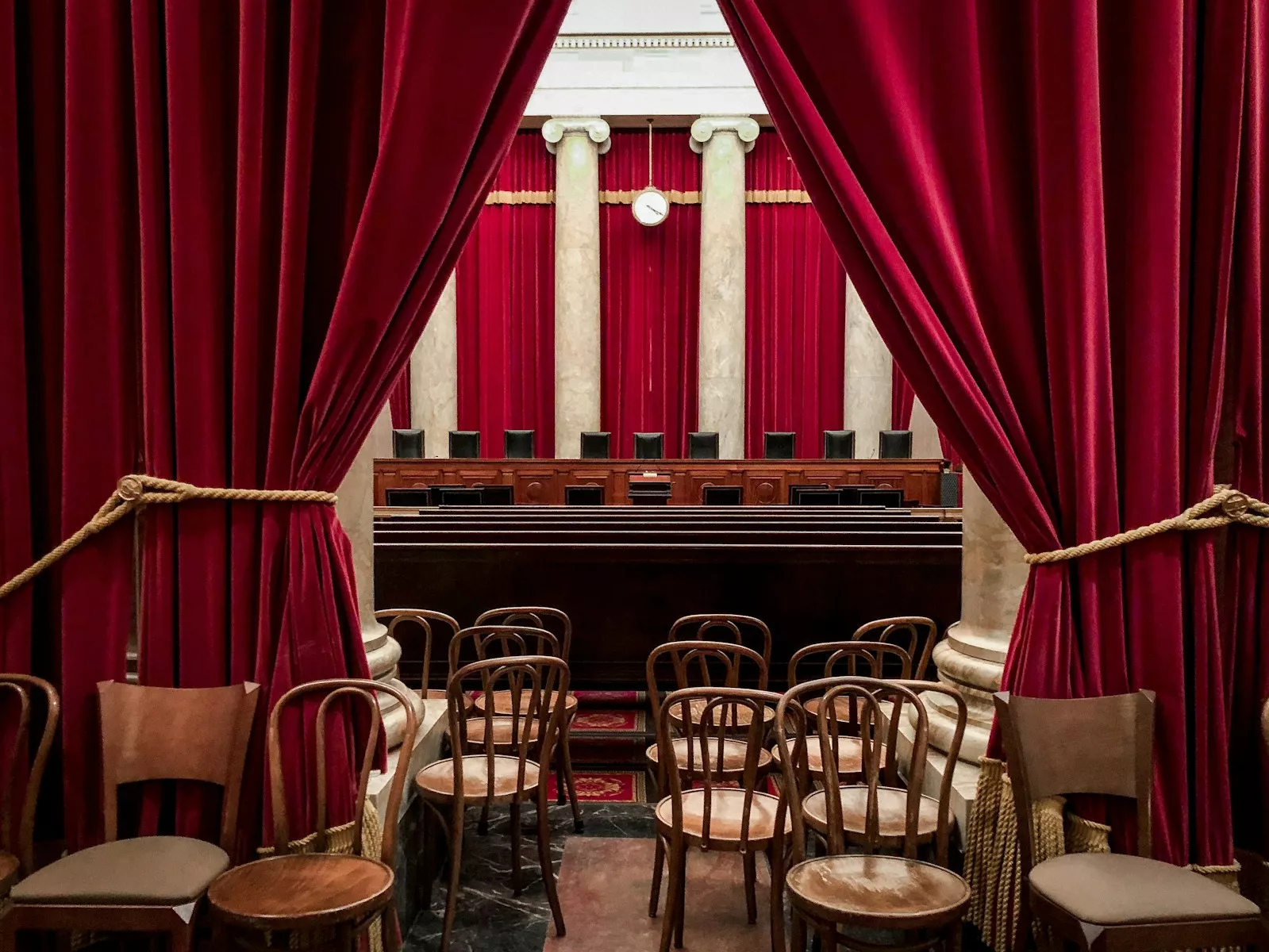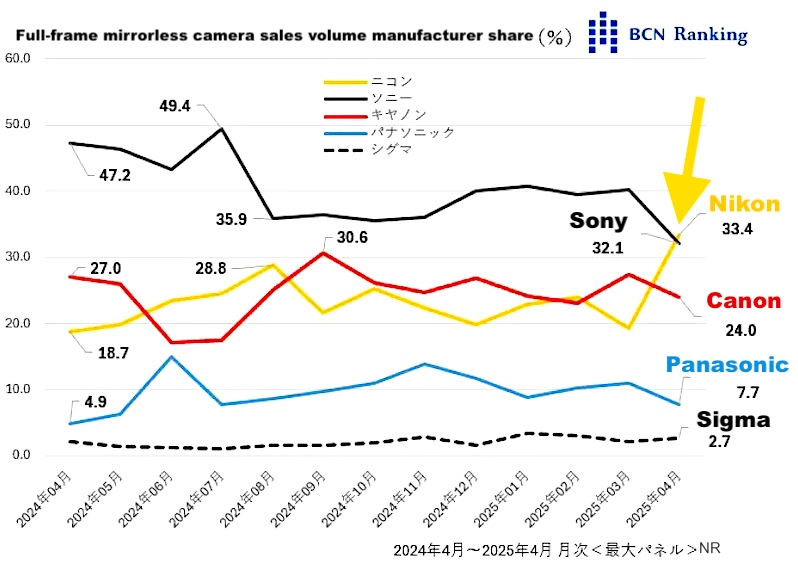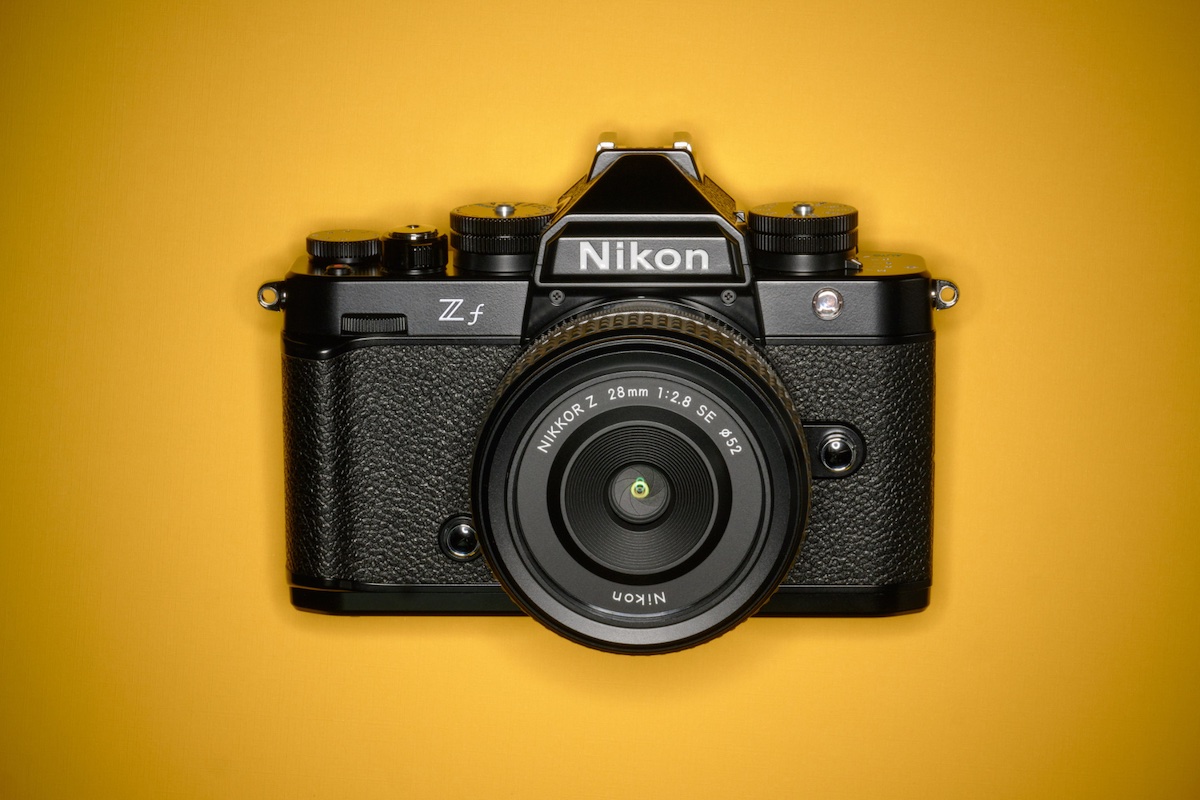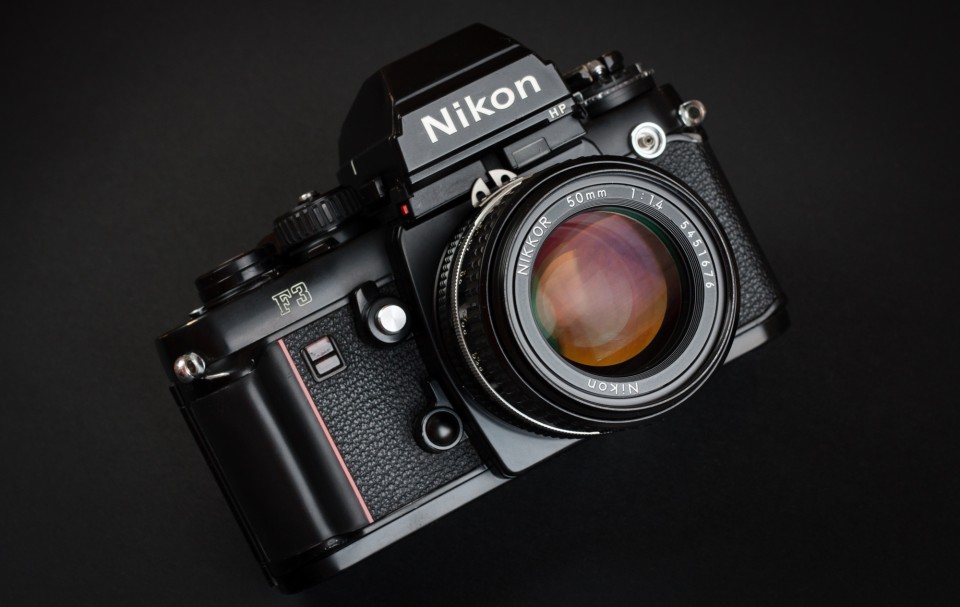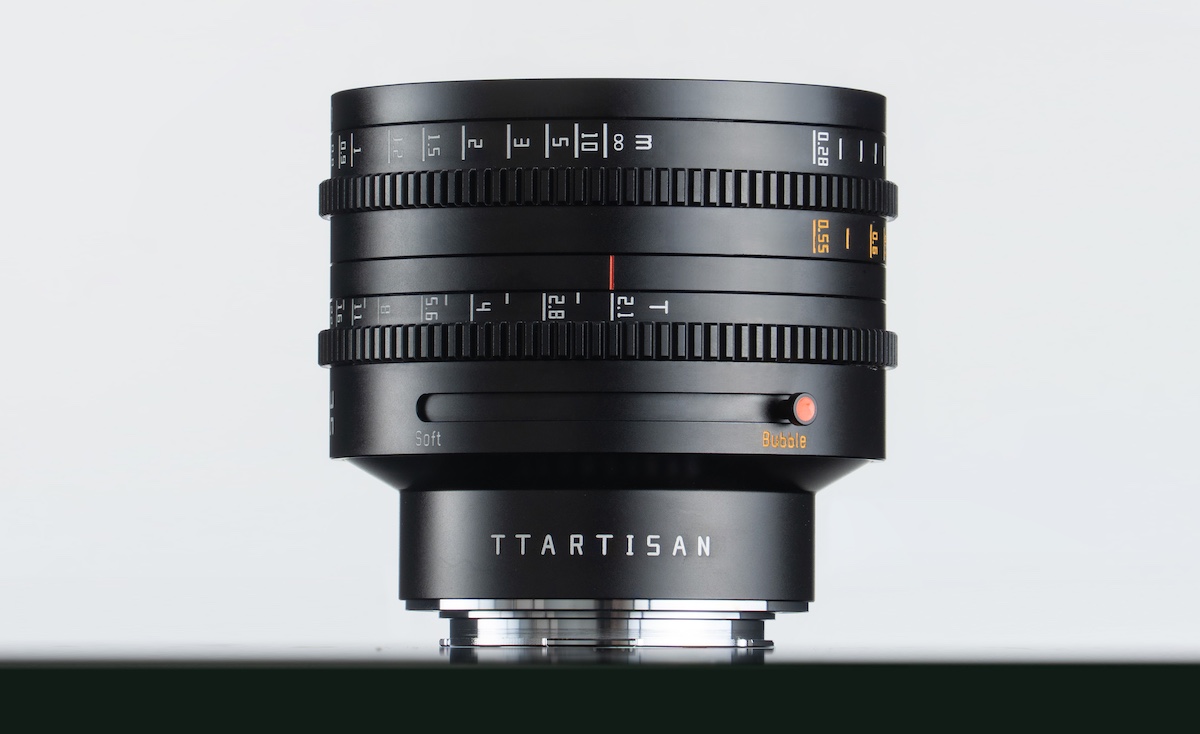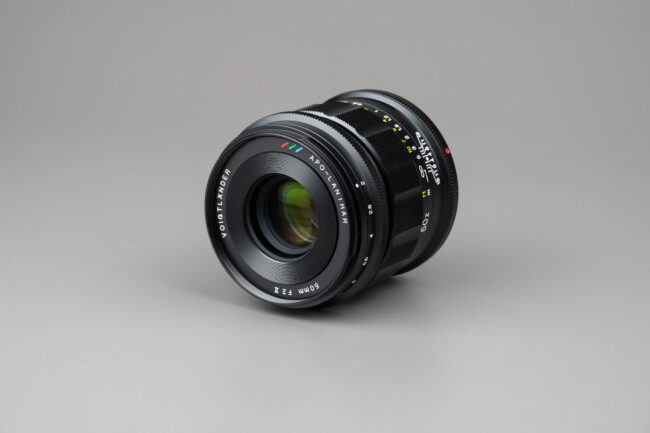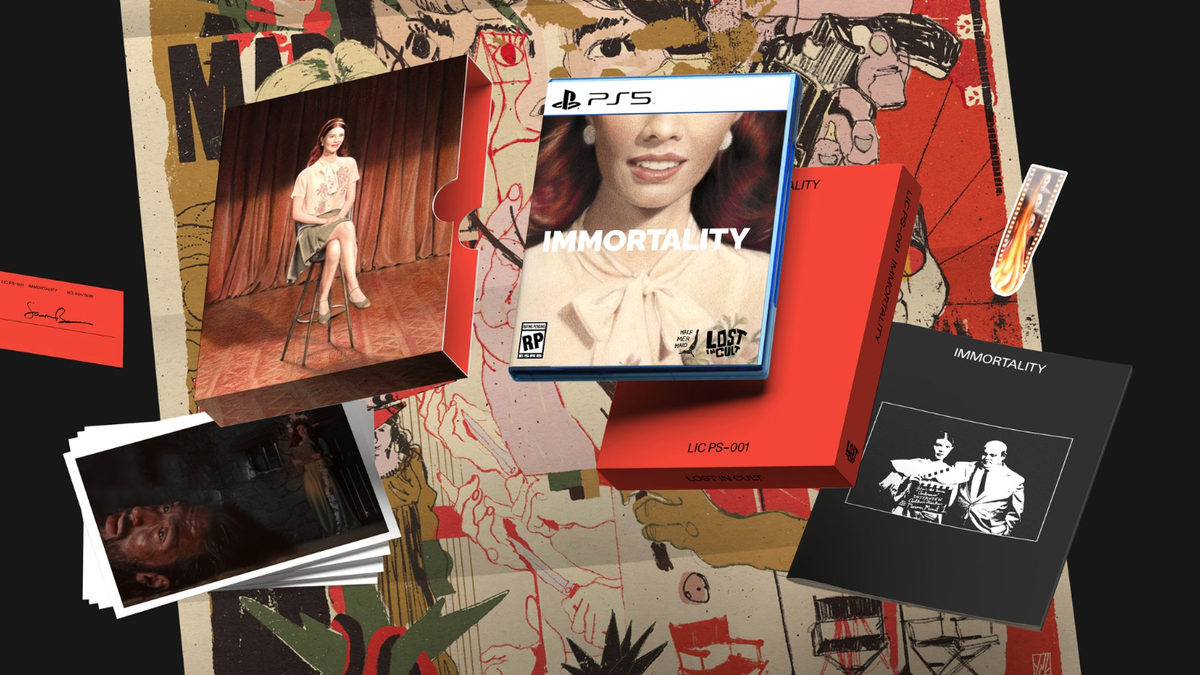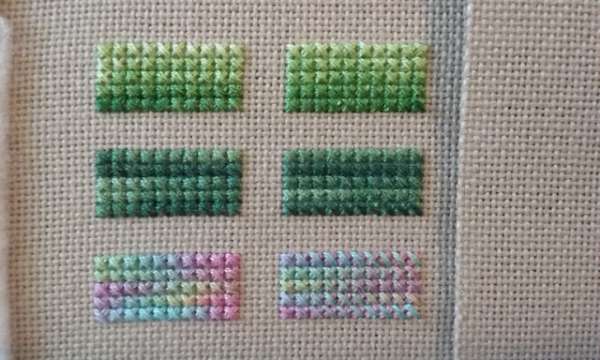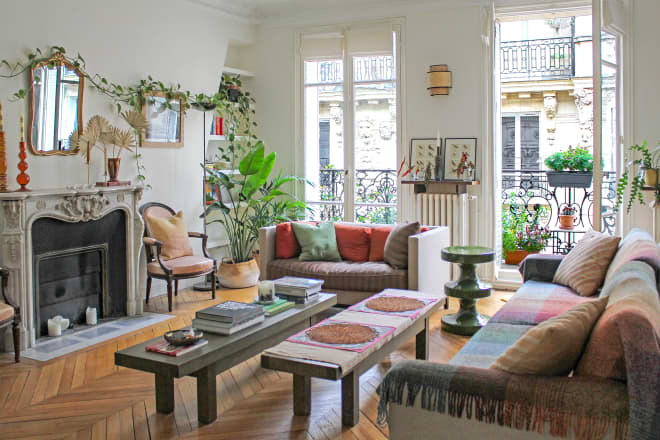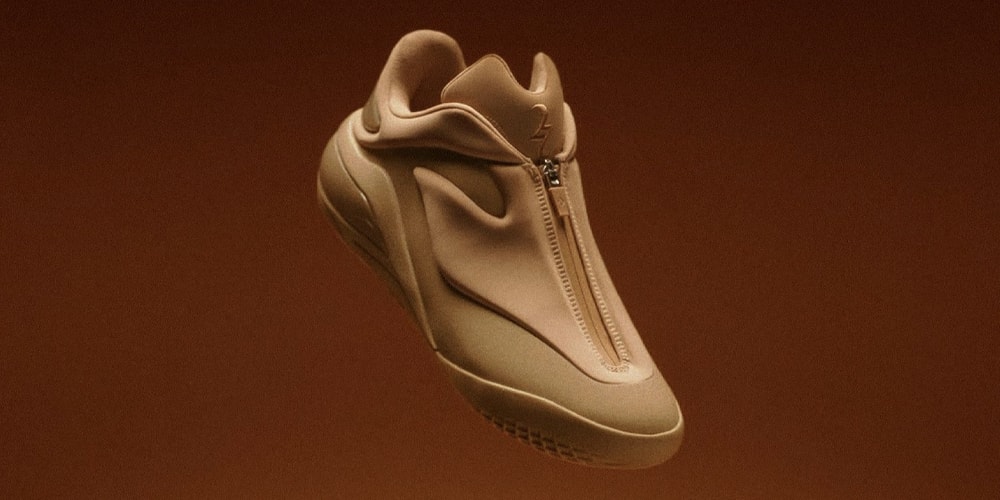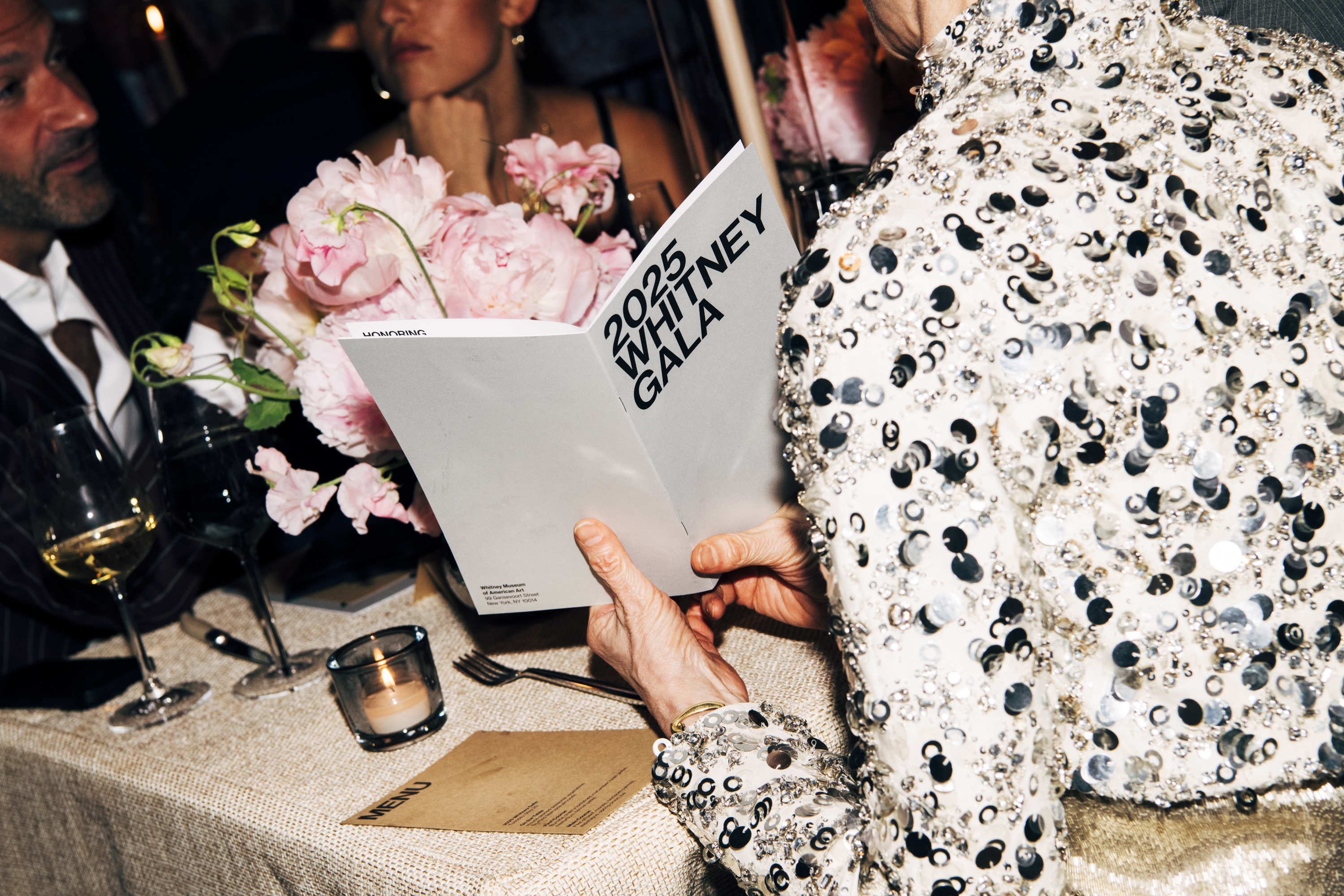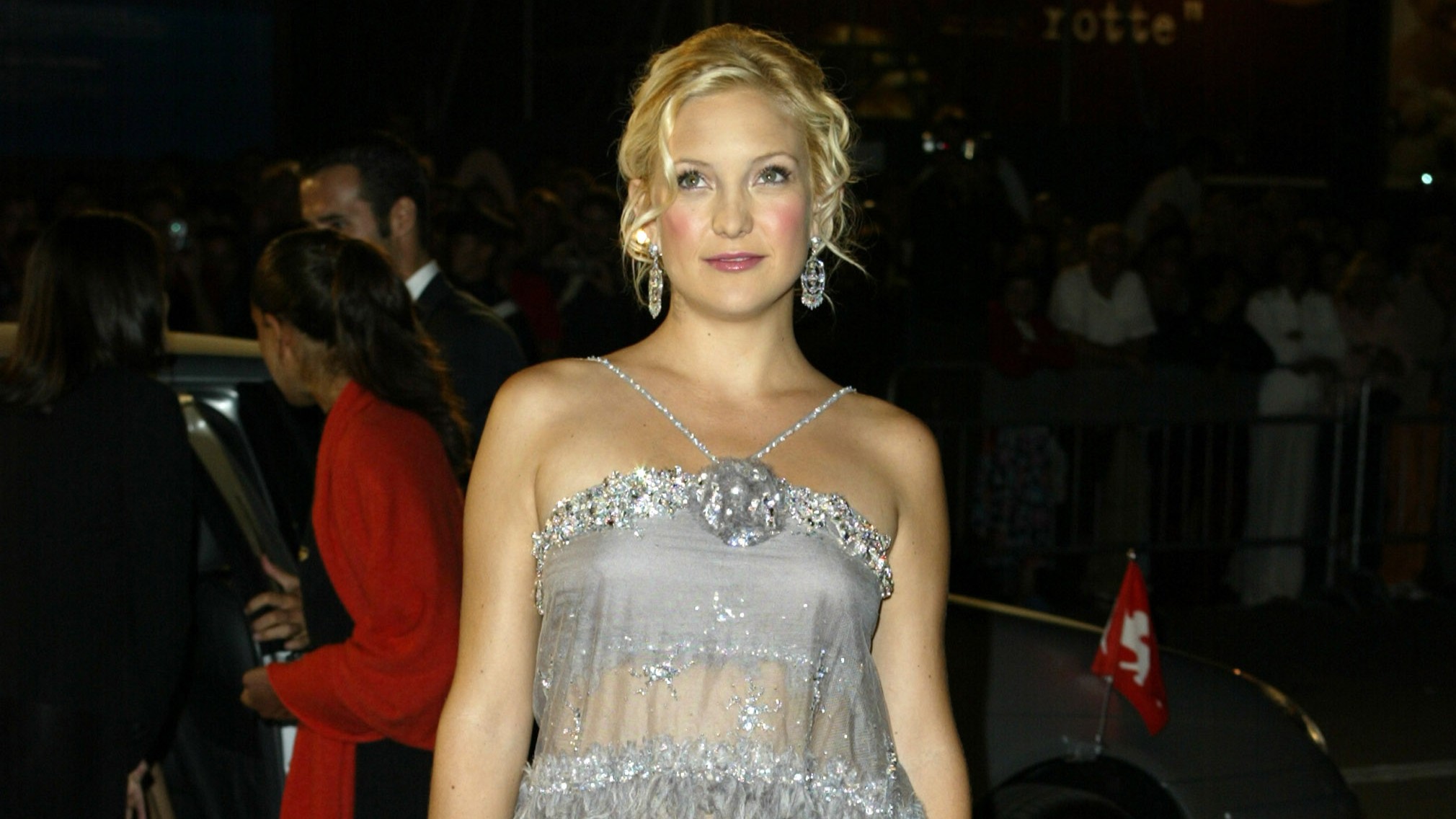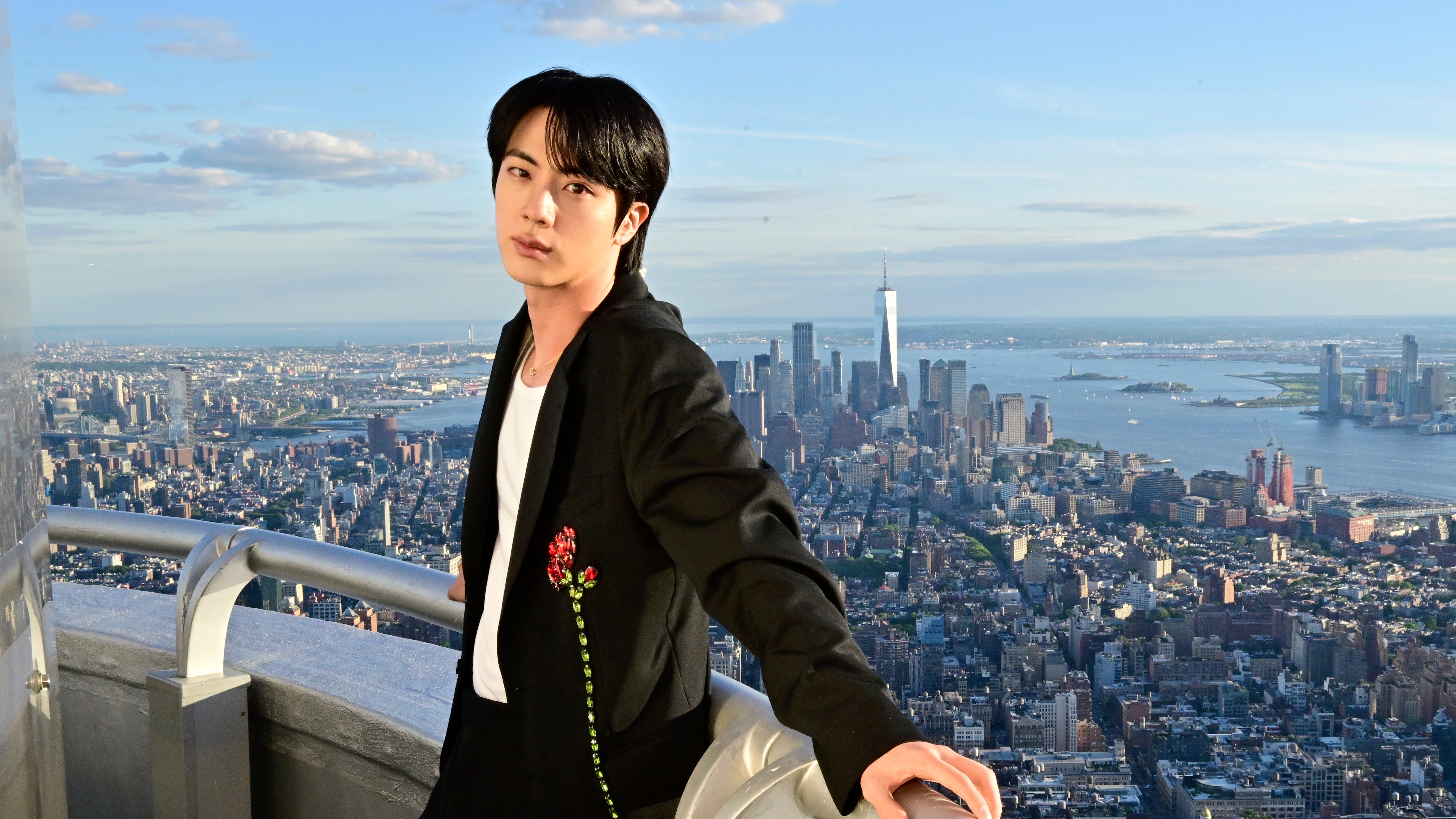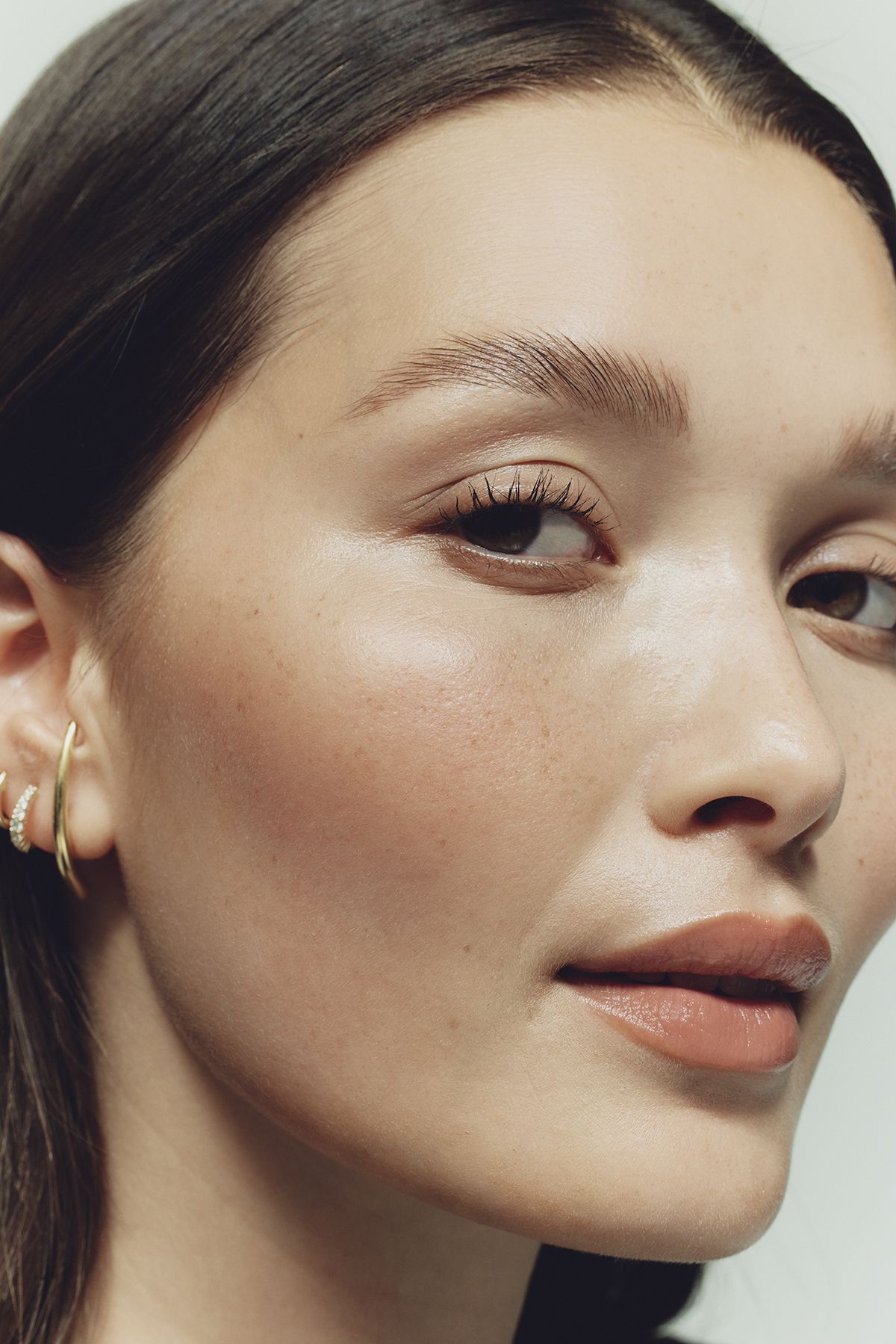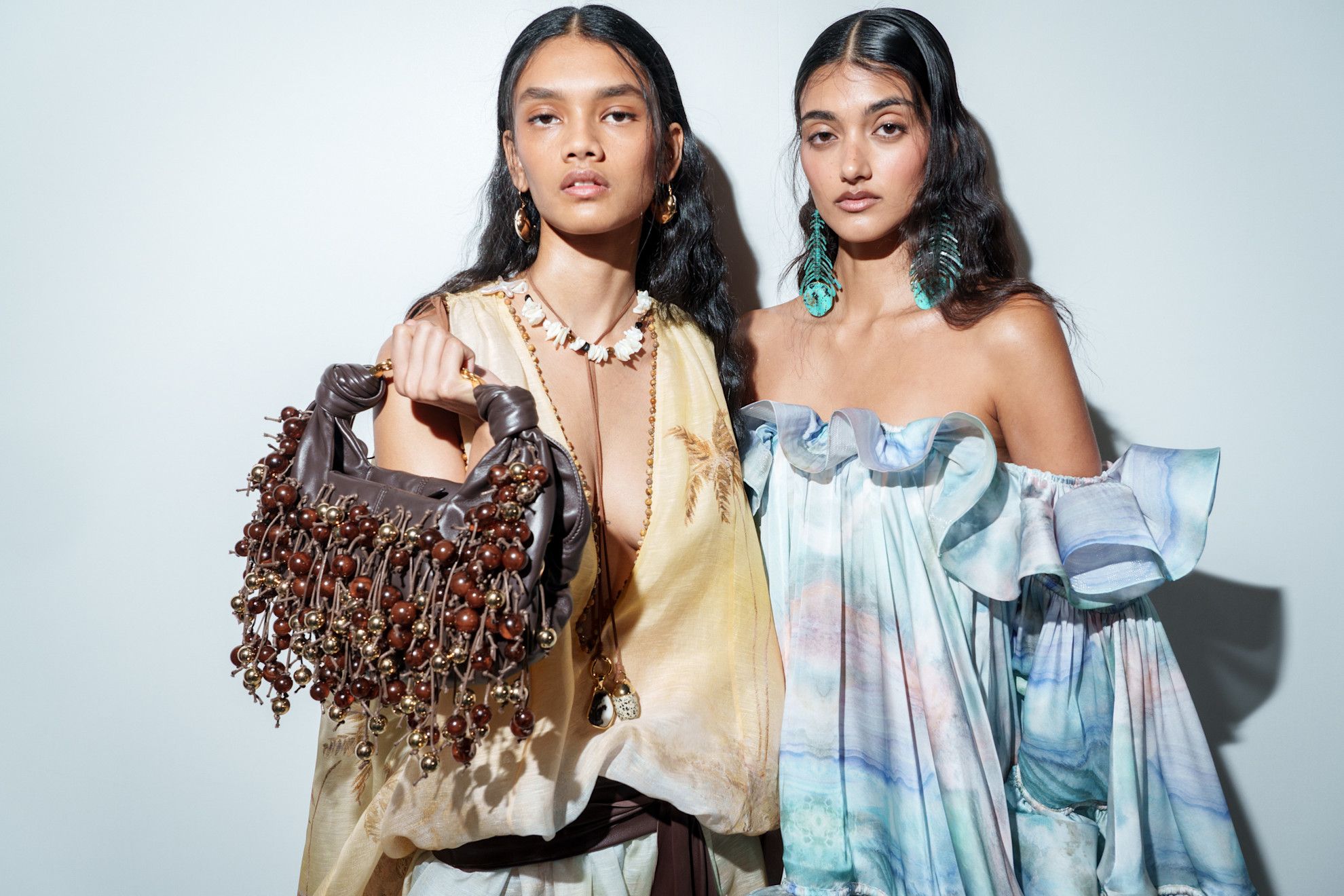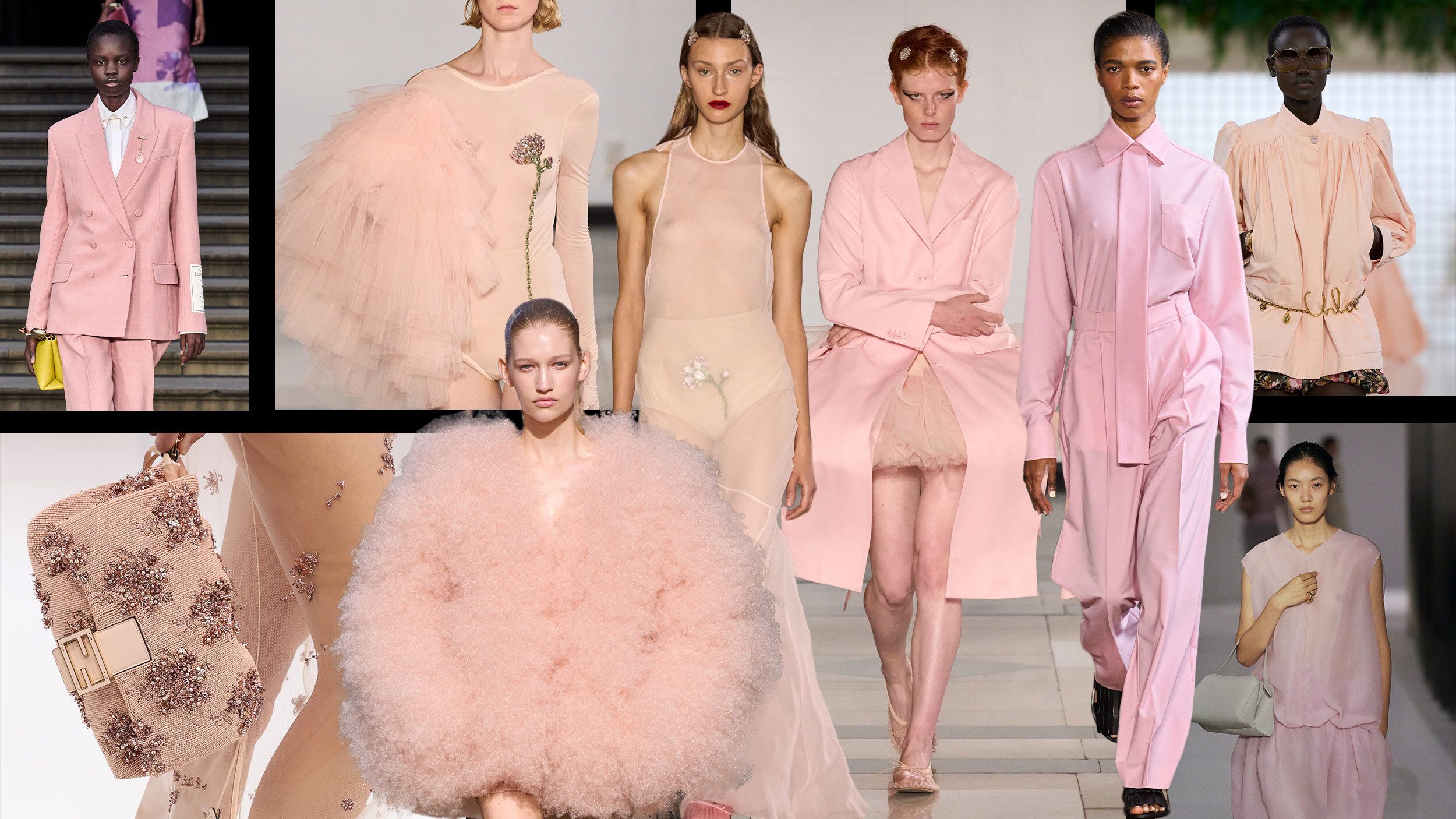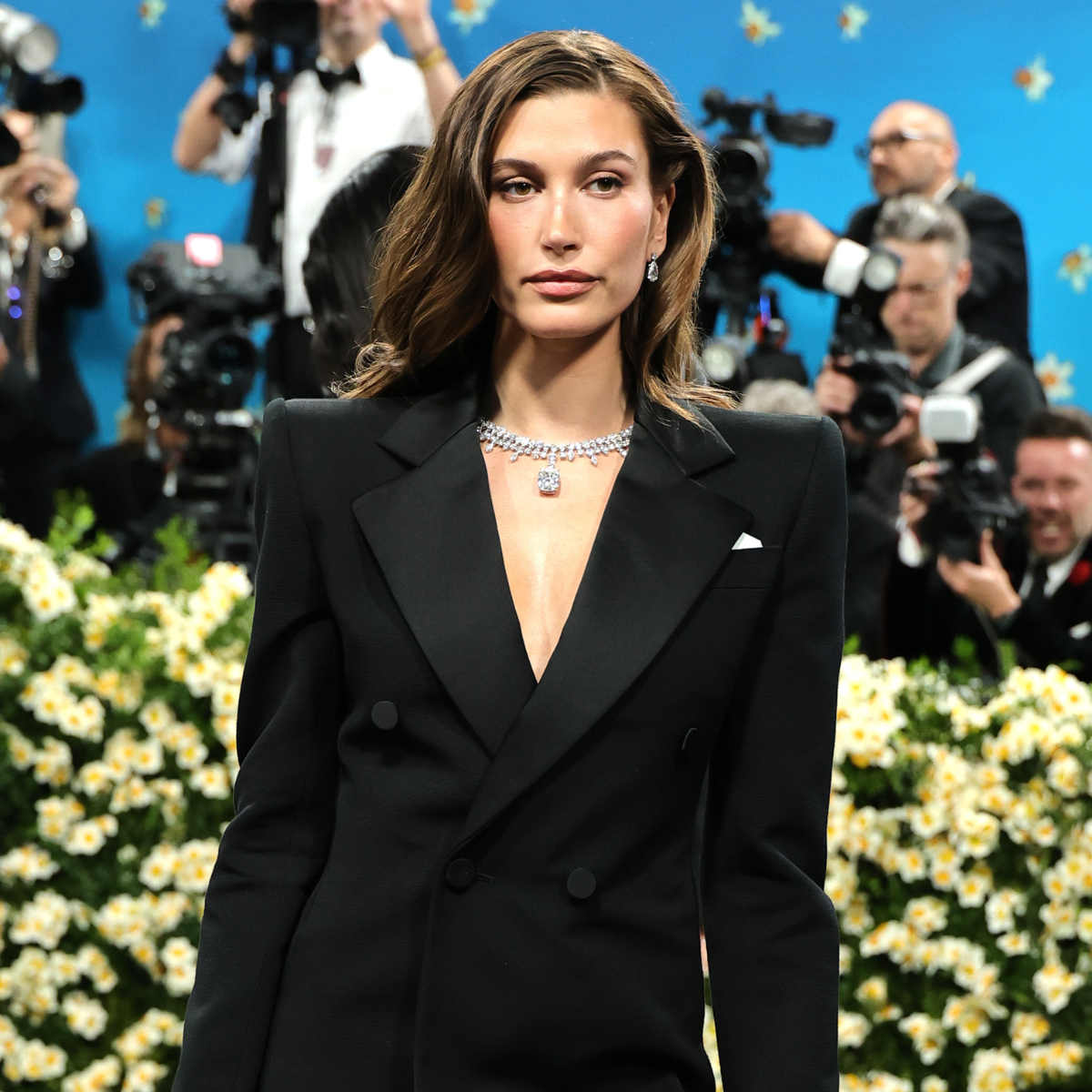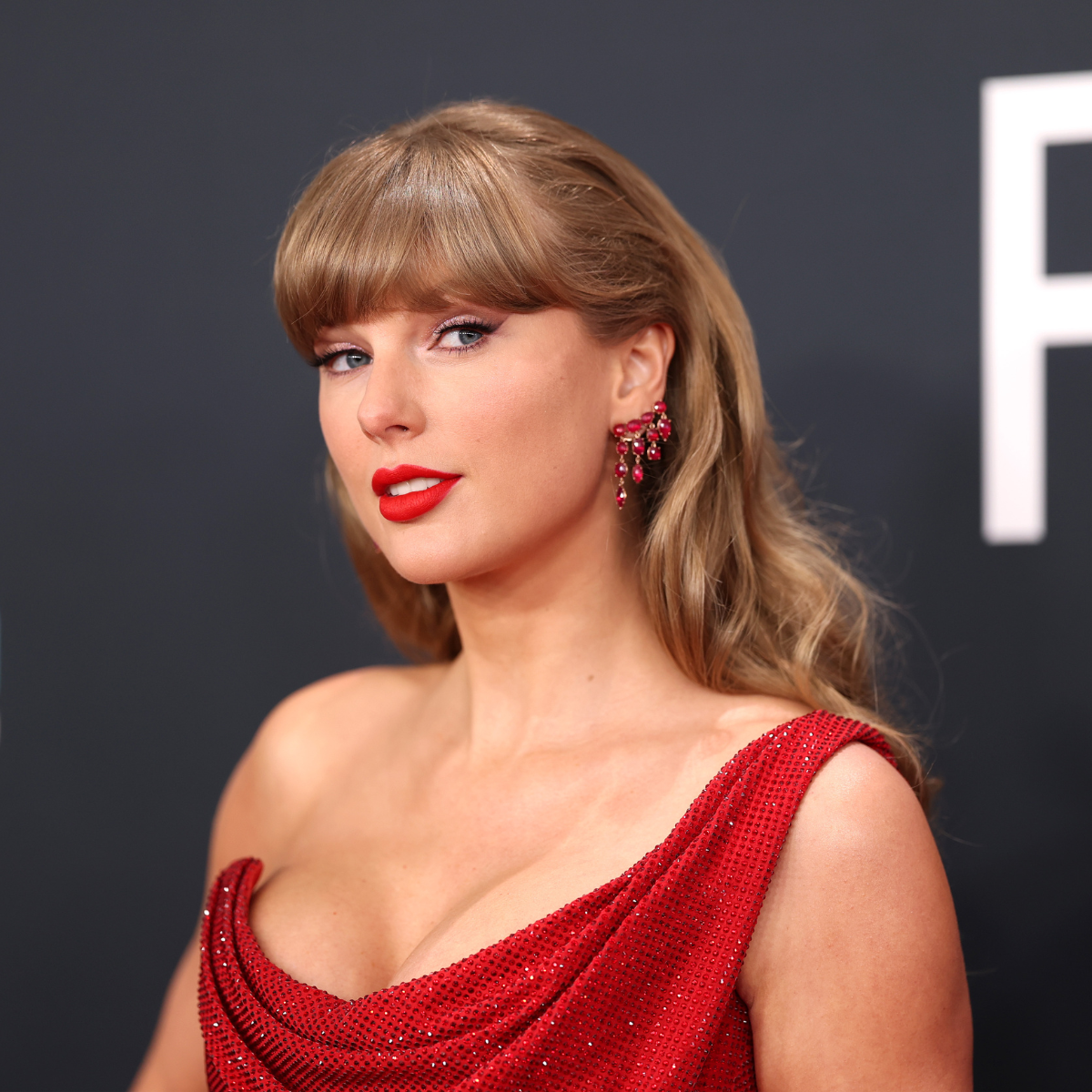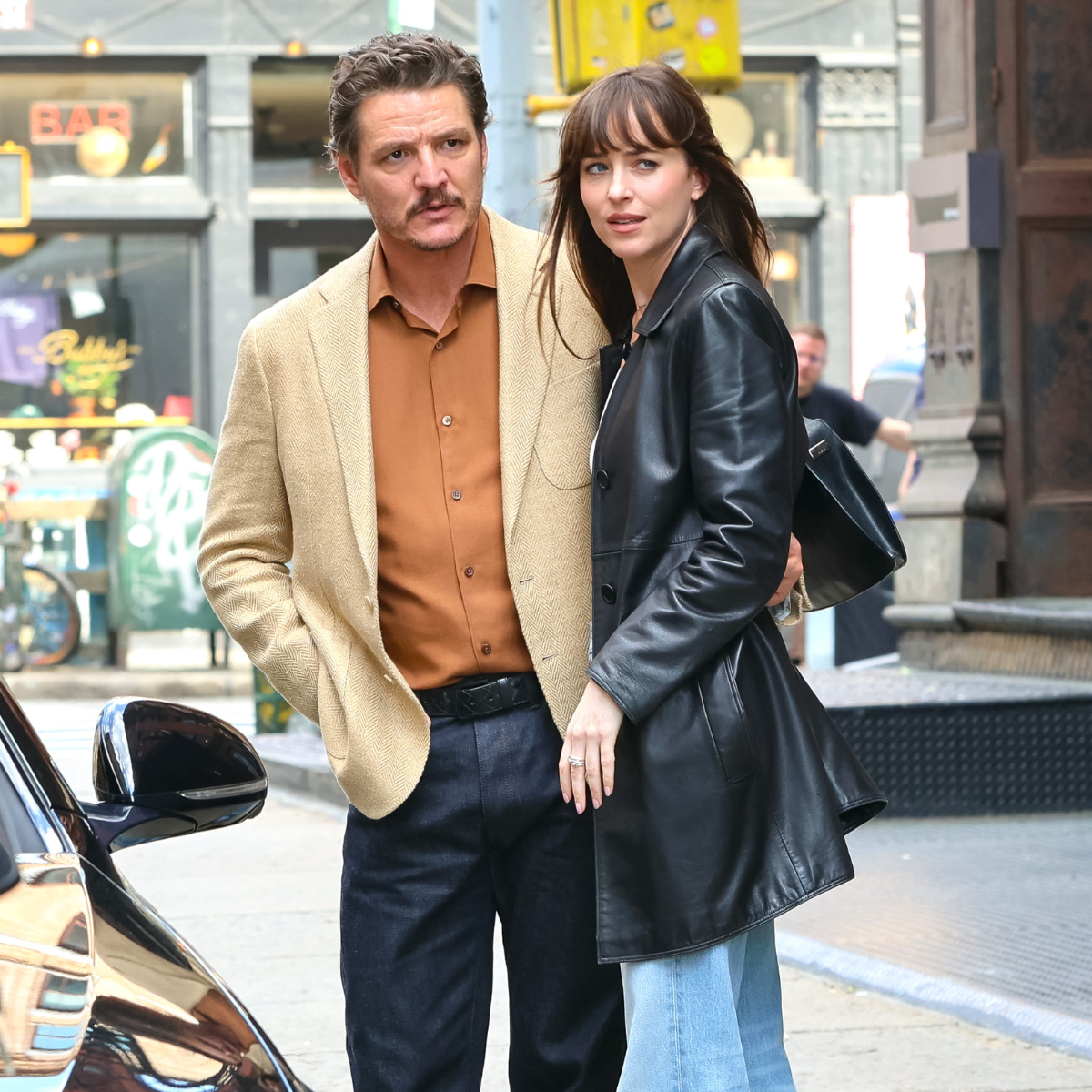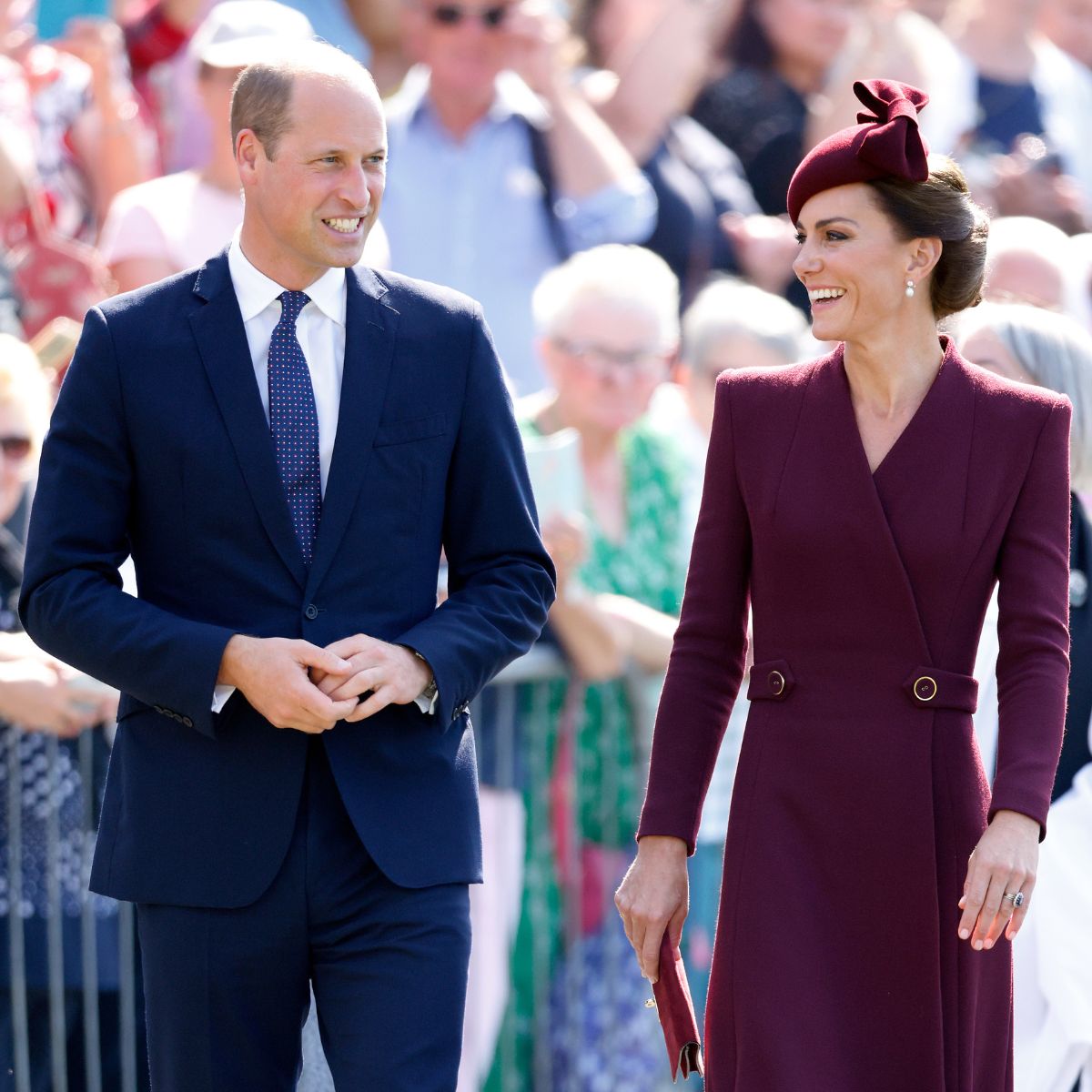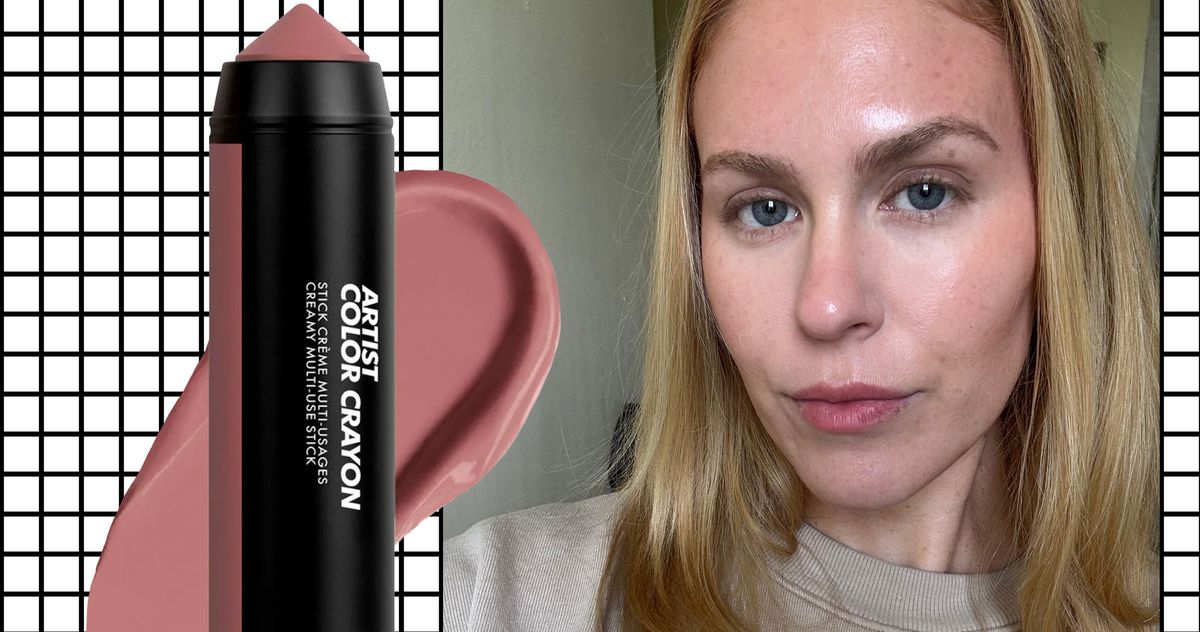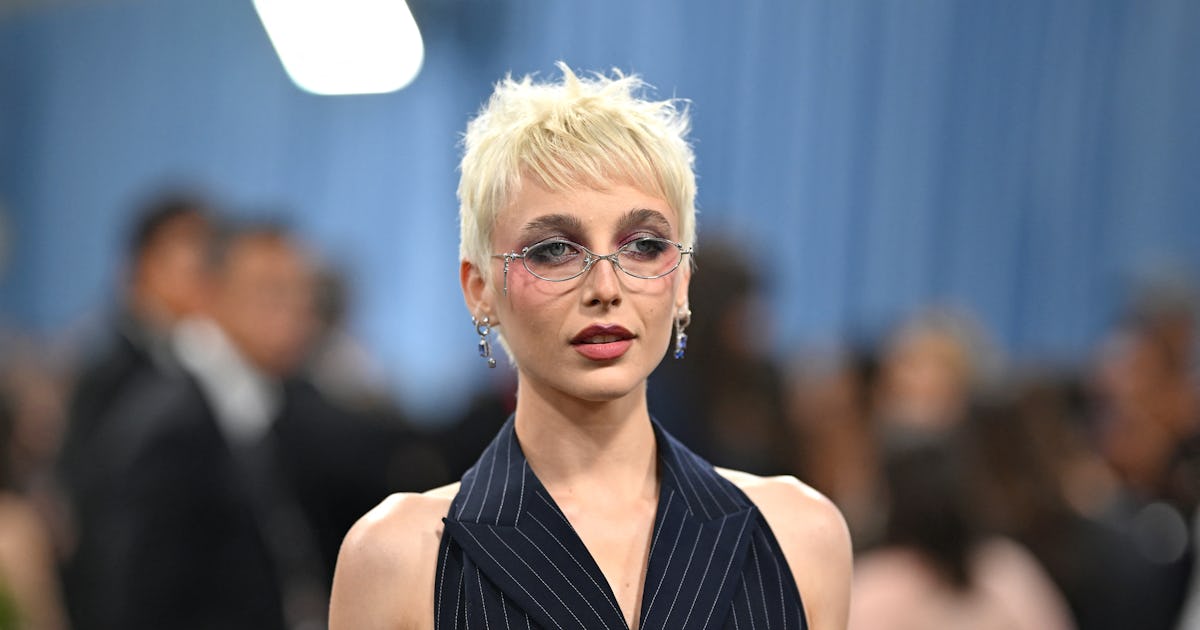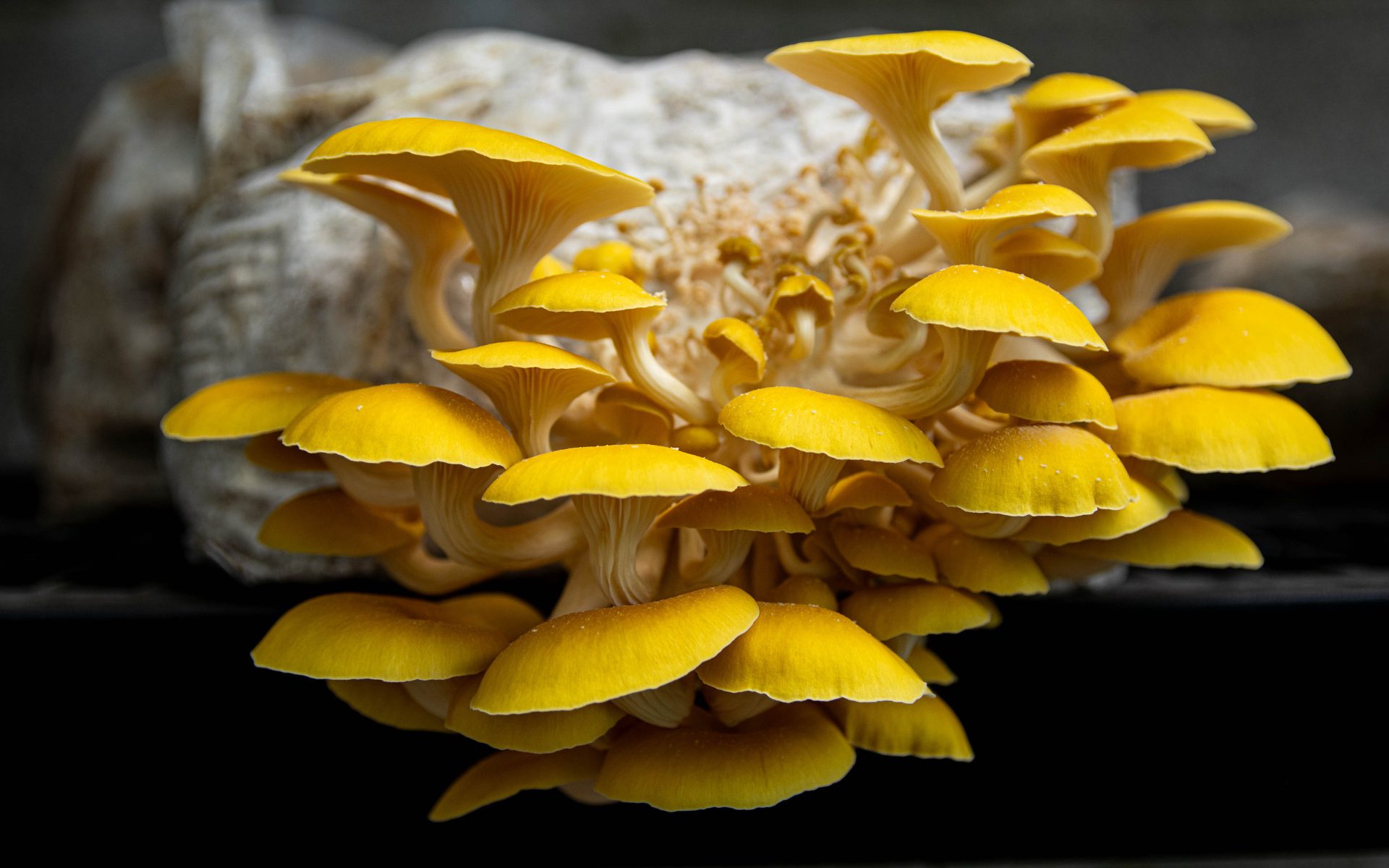At The Met, Lorna Simpson’s Paintings Take Center Stage
The photographer and multimedia artist presents a slate of haunting, emotive painted works in ‘Source Notes,’ a new show.


Lorna Simpson’s artwork conjures an electricity that is both seen and felt. The New York-based artist’s cut-paper photo collages, paintings, and films boast an unnamable energy that launches viewers into how meaning can be made and remade through images. Best known for her prolific experiments in conceptual photography, Simpson has also colored her expansive oeuvre with striking paintings over the last ten years. Lorna Simpson: Source Notes, which opened at The Metropolitan Museum of Art on May 19th, marks the first exhibition to take up the span of her painting practice to date.
The world was first introduced to Simpson’s paintings at the 2015 Venice Biennale, where the artist debuted five works of monumental scale, including Three Figures (2014) and True Value (2015), which are included in the show at The Met. Eschewing a traditional chronological presentation, Source Notes presents multiple series that have been produced over the span of a decade, and which intersect in both timeline and ideas. Together, they provide perspective and reflect Simpson’s method of working across various media. The show title, Source Notes, nods to the element of her practice that involves sourcing imagery from various archives and collections—namely from vintage Ebony and Jet magazines, as well as the Associated Press and Library of Congress archives. Simpson then incorporates the found imagery—or her “source notes”—into genre-bending works that consider identity (particularly the ways it is constructed) while meticulously probing the politics of visibility.
Simpson’s knack for risk-taking is on full view at The Met show. Within the artist’s screen-printed collages—made with washes of ink and acrylic on fiberglass, wood, or Claybord—figuration and abstraction commingle with striking ease. Figures and faces vanish as quickly as they appear; just when you start to make out the edges of a figure, her crown transforms into an untamable flame. Or, she dissipates into a blue expanse of melting ice, like in Simpson’s Head On Ice series (2016–17). This collection emerged from drawings and collages produced beginning in 2010, for which she reconstructs archival imagery into contemplative portraits. In these works, the artist fuses images from Ebony and Jet with arctic forms found in archival image collections. The hair of the subjects featured are replaced by billowy bushels of ink that resemble plumes of smoke. The artist eventually extended this concept and application, which garnered critical acclaim, to her paintings. Two works from the series, Head On Ice #3 and Head On Ice #4, figure into The Met presentation.

Other paintings, like Night Fall (2023) convey another prominent and recurring element throughout Simpson’s work: the color blue. In addition to the more obvious reading of blue evoking a melancholic vibe, scholars like Imani Perry have theorized around Simpson’s use of the hue to grapple with its significance in racial and cultural contexts. In the aforementioned work, the central figure rests luxuriously on a surface with her right hand and arm gently framing her face. She stares directly at the viewer, her gaze emanating a poised and seductive feel as her body dissolves into a luminous puddle of cyan blue. This painting, among others in the show, demonstrate Simpson’s grappling with themes of desire and identity in subtle ways.
Source Notes also includes a selection of Simpson’s collages and sculptures, signifying the ways the artist’s source notes inform both her paintings and her work in other mediums. The exhibition further cements Simpson as “one of the most incisive and nimble artists of her generation,” as Max Hollein, The Met’s Marina Kellen French director and chief executive officer describes her. If anything, it’s proof that work continuously presents new questions around memory, representation, and how powerful imagery shapes our relationship to them.


















